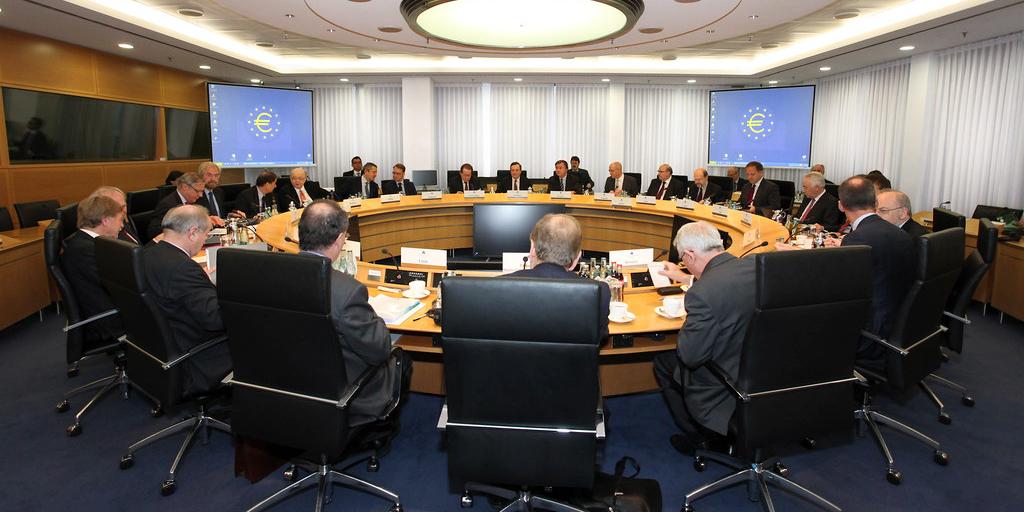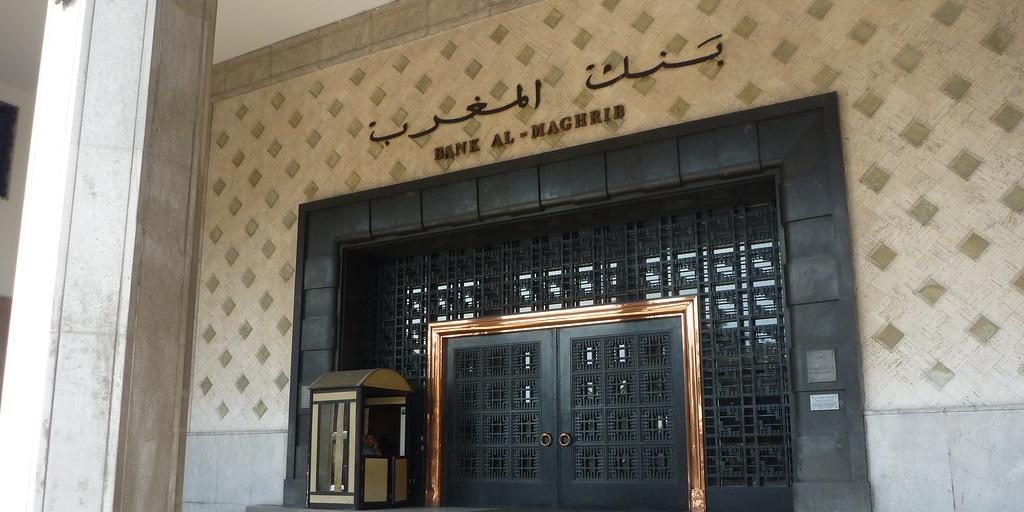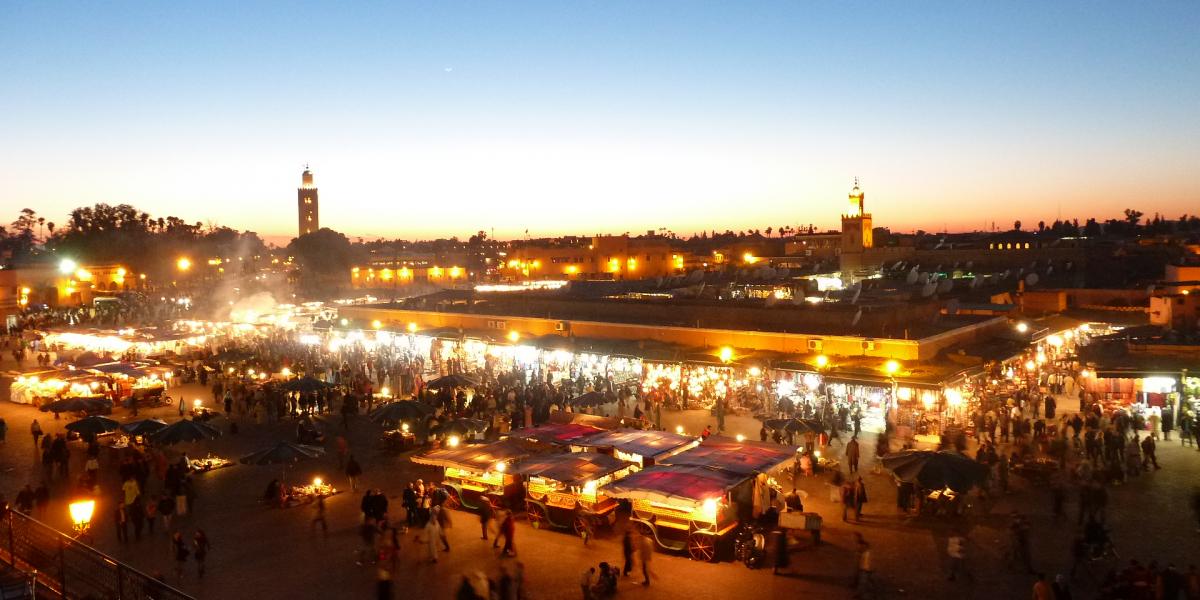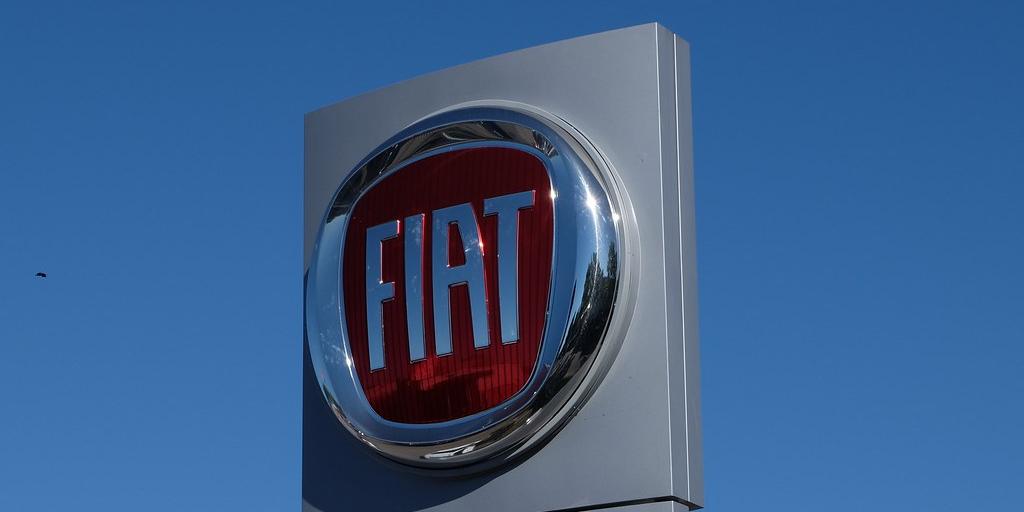South Africa- Pick n Pay, Makro and other stores prepare for unexpected shift in shopping in South Africa
- 30 June 2022 / News / 557 / Fares RAHAHLIA
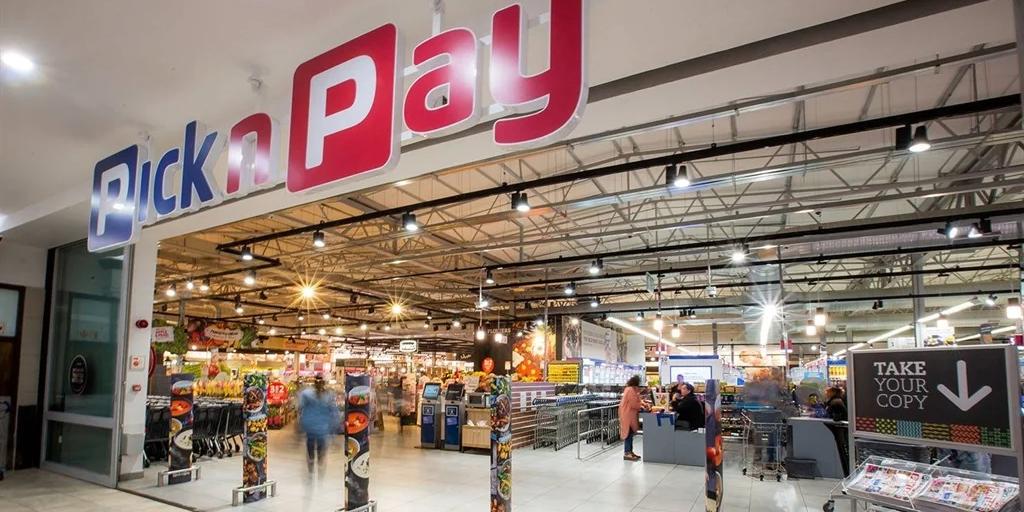
Despite an increased shift to online shopping during the Covid-19 pandemic, South Africans are still in love with shopping malls.
While this demand for physical shopping is out of lockstep with other parts of the world, major retailers including Pick n Pay, Mr Price and Marko-owner Massmart plan to take advantage.
Some leading players are now actually doubling down on brick-and-mortar expansion plans in Africa’s most developed economy, a R1 trillion ($62 billion) retail market, Reuters reports.
“Investments in physical stores will still be significantly greater than investment in online,” said David North, chief transformation officer at grocery and clothing group Pick n Pay, one of several retailers that said they would invest more in physical operations than online in this financial year.
More than 300,000 square metres of new leasable retail space are set to be completed across the country this year, compared with about 367,000 square metres over the previous two years combined, according to data from property consultants Rode & Associates.
The new spaces include a string of malls that are due to open in 2022, including Oceans Mall in the coastal city of Durban, kwaBhaca Mall in the Eastern Cape and Mamelodi Square in Pretoria
Against the odds
Against all odds, the South African retail sector is showing strong signs of recovery, with shopper activity returning to pre-pandemic levels.
“While many feared that a combination of load shedding, the Covid-19 lockdown and the rise of online shopping (e-commerce) would lead to the demise of brick-and-mortar stores, this sector has outperformed expectations with strong quarterly growth,” says John Jack, chief executive of Galetti Corporate Real Estate.
“The steady growth of the economy as Covid-19 restrictions have subsided is reflected in consumer spending power and their return to key shopping centres and malls, where retailers are experiencing higher turnovers. In addition, we are seeing a host of retail new developments coming to the fore.”
Jack noted that the majority of these are smaller strip malls, ‘the kind of places where you can park out-front and just walk in, conveniently located in bustling community areas’.
What’s driving the recovery?
“Within our own retail property portfolio, we have seen that the sector began a steady path to recovery once the majority of lockdown restrictions were lifted in 2021,” said Jack.
Some shoppers are continuing to use grocery delivery apps such as Checkers Sixty60, but as these applications require an internet connection, access to online payment methods, and only deliver within a certain radius, they do not serve the majority of the country’s consumers, he said.
Jack said that transactions in South Africa are traditionally very “cash-heavy” and given that a significant digital divide still exists, brick-and-mortar retail stores will continue to play a crucial role.
“For many South African consumers, a weekend trip to the mall is still seen as an exciting day out rather than a place for errands to be run,” he said.
“If landlords want to draw shoppers back into physical stores and keep them from buying goods online, they need to emphasise the ‘experience’ and convenience aspect of malls – the ability to instantly try on clothes, to grab a bite to eat in between shopping and even feature attractions to keep the kids entertained while mom and dad get their errands done.”
He added that ‘value fashion’ – stores such as Mr Price, Cotton On and H&M – are a major drawcard to shoppers and contributed to much of the traffic in shopping centres and malls in the last year.
“Galetti has observed the same trend in our retail listings, and we would encourage landlords to capitalise on this – go after retail tenants that cater to the shopping preferences of local consumers, particularly those between the ages of 20-30 with a disposable income as popular brands are what will bring the majority of traffic into your stores,” he said.
Cost of fuel keeps shoppers close to home
A major trend that retail property experts have observed since the onset of the pandemic is that people are choosing to frequent smaller neighbourhood strip malls and convenience stores when they once preferred larger regional malls like Sandton City or Canal Walk.
“This started with the lockdown when people weren’t allowed to travel far from their home for non-essential purchases and so had to make do with what was around them. Now with the fuel price increase, we are seeing this trend become prevalent as many shoppers are reluctant to spend any more money than is necessary to get what they need,” said Jack.
Previously, consumers were willing to sacrifice proximity and time spent in traffic to visit retail locations such as malls that either had higher quality goods or a greater variety of options. But with the inland price of petrol sitting at R23.94 per litre, this is a luxury that many have had to give up.
“This also effects shoppers using public transport as when the price of petrol goes up so does the fare of taxis and busses,” said Jack.
These external factors, combined with inflation and the rising cost of living could mean additional challenges for the slowly recovering retail sector – something which Jack believes the industry cannot afford to succumb to.
“Landlords need to be strategic to ensure that recovery continues. They need to pay attention to what consumers are looking for in a shopping experience and ensure that their retail properties cater to these needs: be it offering free parking, free items at certain stores, hosting pop-up events or installing children’s entertainment centres, they need to be prepared to do whatever it takes to keep feet walking through their tenant’s stores,” he said.
source: BusinessTech
 English
English
 français
français
 العربية
العربية



